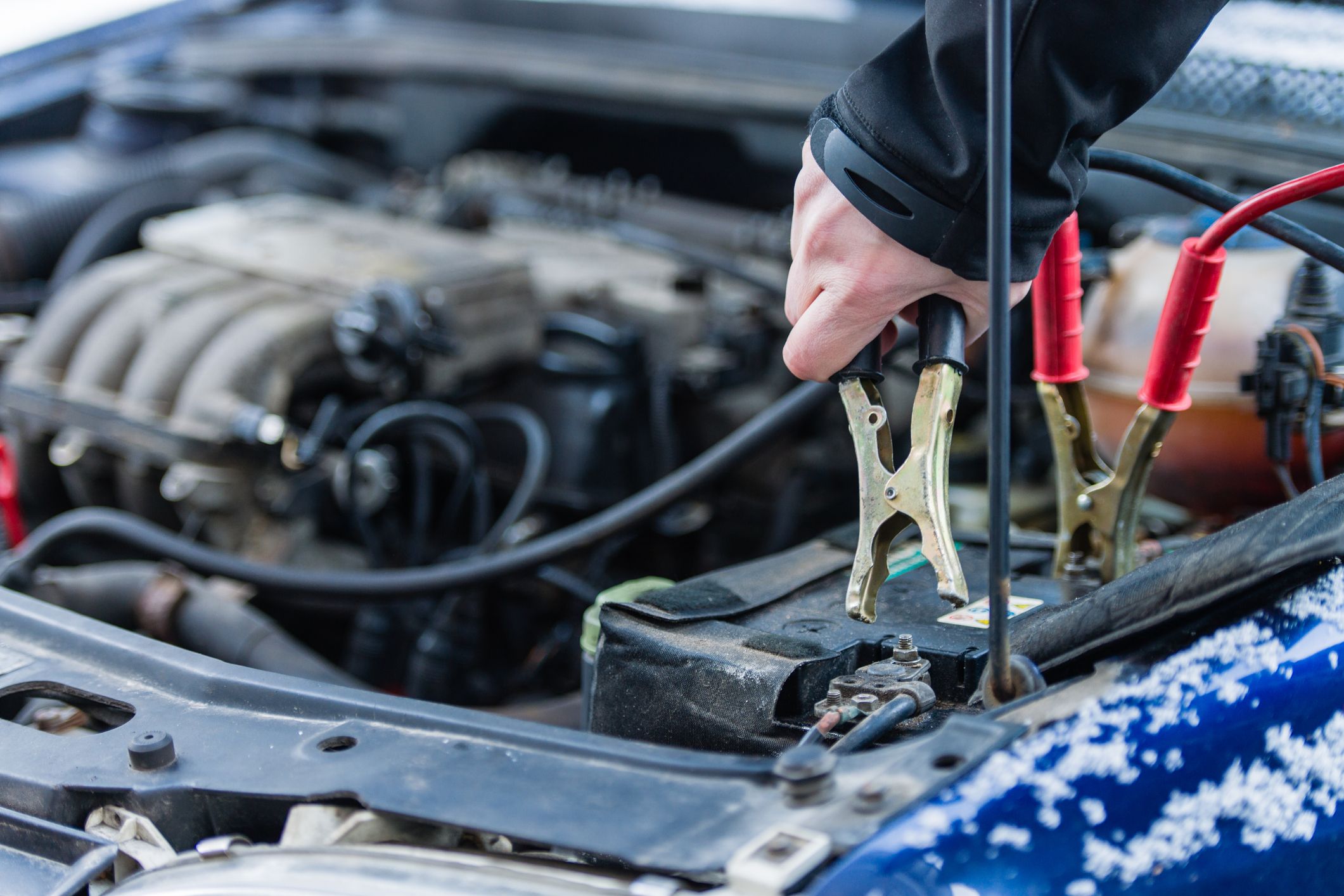Minimizing your headaches when the mercury drops

Article content
When those deep freeze stretches reach out and take our breath away, DIY automotive veterans shudder at the thoughts of dealing with cold-weather related failures on the family fleet. Here are a few tips on what works and what doesn’t.
Advertisement
This advertisement has not loaded yet, but your article continues below.
Article content
Battery protection and trickle charging
Everyone knows that keeping a battery warm improves its ability to deliver maximum power, but heated battery blankets can be a pain to use. Fortunately, a simple felt fabric cover can keep the frost away almost as well as an electric one during even our coldest snaps.
Starting is hard on a cold battery, so avoiding short, low-speed runs with several engine shuts downs in any vehicle on a -20º day is key to ensuring it will fire up the next day. If personal transportation schedules make that difficult, a trickle charger may be your salvation. Battery trickle chargers have evolved with the vehicles they service, and a wide array are available including units small enough to be permanently mounted under the hood and wired to the battery. Then, they can simply be plugged into an outlet along with the block heater.
Advertisement
This advertisement has not loaded yet, but your article continues below.
Article content
Blockers and block heaters
The favourite go-to solution for a vehicle that can’t seem to warm up on colder days is a radiator blocker. It’s basically a piece of cardboard used to block off air-flow through the radiator. They’re easy to install, and the material is usually found in the household recycling bin. This practice comes with risks, however: cover too much of the radiator’s finned area and the engine will overheat, no matter how cold it is outside. Unless the vehicle has a working and accurate temperature gauge and the driver pays attention to it, avoid the blocker fix and repair the actual problem. If the problem is with the driver, good luck.
-
Corner Wrench: Is your body ready for winter?
-
Corner Wrench: Should your ride hibernate all winter long?
Advertisement
This advertisement has not loaded yet, but your article continues below.
Article content
When an older vehicle starts without complaint on a frigid morning, the driver breathes a sigh of relief, but seldom thinks about all the other systems that might not cooperate in the cold. Power steering fluid, for example, can exert much more stress on seals, lines and rusted fittings when the mercury plummets. Automatic transmission fluid flows much better than engine and gear oils at low temps, but it still needs a little circulation time at idle before throwing it into gear and tromping on the accelerator. Let things warm up before hitting the road.
One group that registers the loudest complaints on cold starts has to be the drive-belt set. Belts for accessories like water pumps, alternators, and power steering pumps have come a long way from the type that needed replacement every 2 years or less, while today’s seem to go until the body rusts away. But spinning when extremely stiff can take its toll on belts, so check them regularly for cracks and frays, especially if they’re older than 3-4 years.
Stay connected with us on social media platform for instant update click here to join our Twitter, & Facebook
We are now on Telegram. Click here to join our channel (@TechiUpdate) and stay updated with the latest Technology headlines.
For all the latest Automobiles News Click Here

